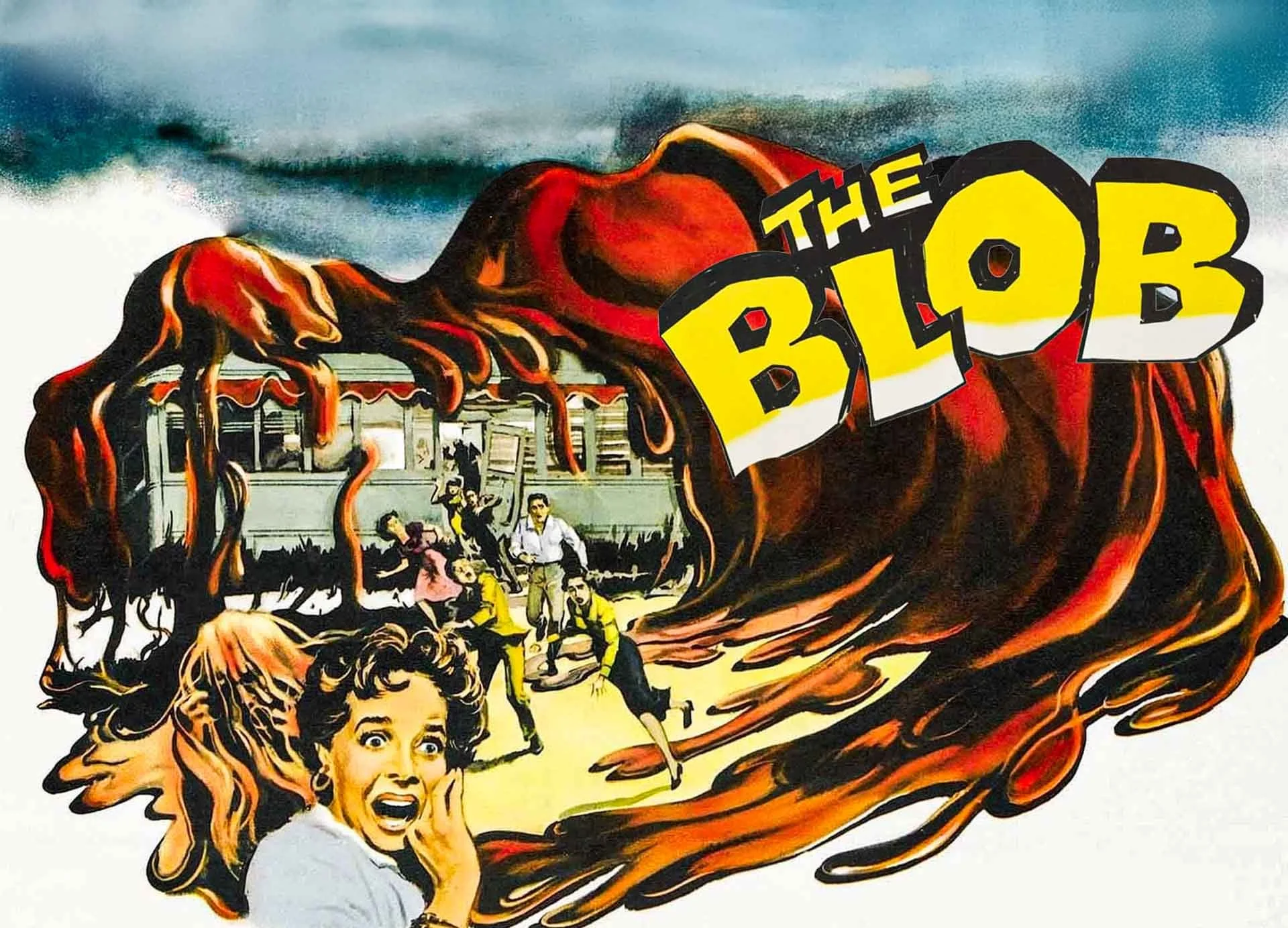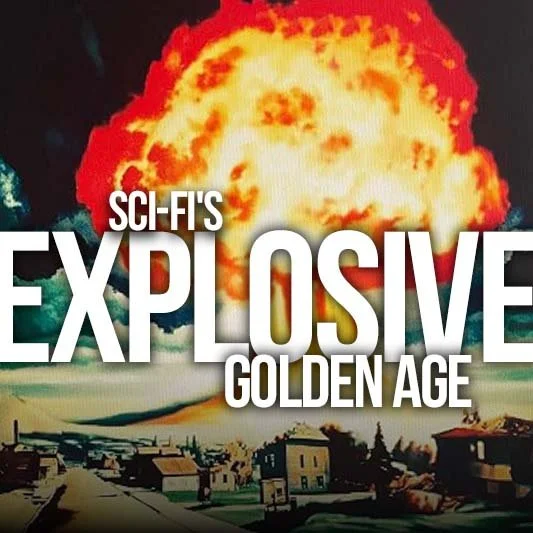Rubber Suits, ReEl Fears
In the 1950s, science fiction became a Hollywood staple—not because it was prestigious, but because it was profitable. Studios could churn out alien invasions and atomic monsters for next to nothing, and audiences couldn’t get enough.
Sci-fi cinema thrived during the decade: the rise of B-movies, the role of special effects, and how budget limitations sparked some of the genre’s most creative storytelling.
-
Sci-fi films boomed in the 1950s due to low production costs and high public interest.
B-movies became a hallmark of the genre, often relying on minimal sets and practical effects.
Despite limitations, many films delivered powerful ideas through metaphor and suggestion.
Major studios also invested in ambitious sci-fi projects with groundbreaking visuals and sound.
Sci-fi cinema reflected the fears and fantasies of an audience caught between progress and paranoia.
The flying saucers weren’t always convincing. The alien costumes often had zippers. And yet, 1950s sci-fi films captured the imagination of millions. Why? Because they tapped into something real—fear, wonder, uncertainty—and they did it in a form that was wildly accessible.
After World War II, the movie industry faced a rapidly shifting landscape. Television was eating into theater audiences, and studios were looking for ways to lure people back into cinemas. Enter science fiction: cheap to produce, fast to shoot, and perfectly suited to the cultural moment.
B-movies—so named because they were often the second feature in a double bill—became the testing ground for sci-fi. Films like It Came from Outer Space (1953), The Blob (1958), and Attack of the 50 Foot Woman (1958) were made with shoestring budgets and improvised effects. But what they lacked in polish, they made up for in concept.
Shadows substituted for monsters. Radio static became alien language. Stock footage stood in for scientific experiments.
Directors and writers working with limited resources had to get creative. These constraints often gave the films a raw inventiveness that worked in their favor. They didn’t just show you what to fear—they suggested it, and let your imagination do the rest.
Big studios also took a swing at prestige sci-fi. Forbidden Planet (1956) had a hefty budget for its time and introduced groundbreaking electronic music and matte effects. The War of the Worlds (1953) dazzled with Technicolor and Oscar-winning sound design. These weren’t just popcorn flicks—they were experiments in world-building.
Every rubber alien hid a real human fear.
Of course, not all of it aged gracefully. Many sci-fi films of the era leaned into stereotypes and spectacle. But even in the cheesiest of productions, there was often a kernel of brilliance: a philosophical dilemma, a scientific curiosity, or a deep-seated anxiety laid bare.
And audiences? They loved it. Whether packed into drive-in theaters or ducking under seats during matinees, moviegoers ate up these strange new worlds. Sci-fi films offered both an escape and an emotional echo of the times—reminders that the future was coming fast, whether we were ready or not.
1950s sci-fi cinema wasn’t built on perfection—it was built on passion, ingenuity, and cultural urgency.
Whether projected from the back of a drive-in or glowing on a massive CinemaScope screen, these films captured a nation’s uneasy relationship with the future. They showed us monsters, but they also showed us ourselves.










































How 1950s sci-fi films turned tight budgets into big ideas—and bigger fears.